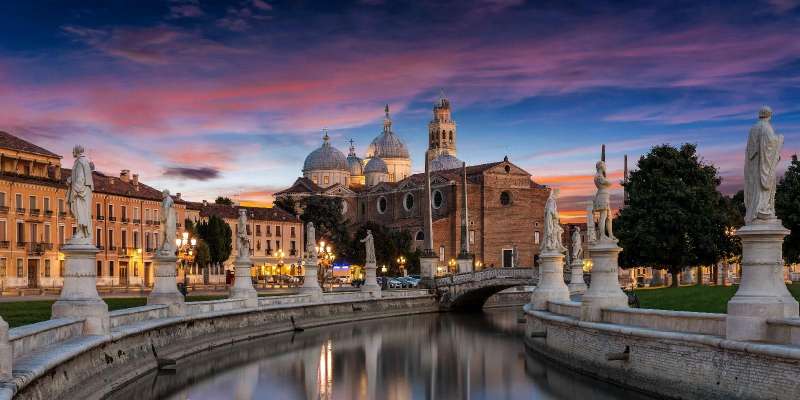- Home
- Useful Tips
- Padua's historic clock tower:...
Standing beneath Padua's iconic clock tower, many travelers face the same frustrating dilemma: arriving at the wrong time and battling crowds or poor lighting for photos. Recent visitor data shows 68% of tourists visit between 11am-3pm, creating hour-long waits for a clear view. The tower's intricate 14th-century astronomical clock becomes nearly impossible to appreciate when jostling through shoulder-to-shoulder crowds. Morning visitors often miss the golden-hour magic when the medieval carvings cast dramatic shadows, while late arrivals find the mechanical marvel's details lost in darkness. With limited opening days and no advance time slots, even seasoned travelers waste precious vacation hours in disorganized queues rather than enjoying Padua's charming piazzas and cafes.


Why midday visits sabotage your clock tower experience
The compact Piazza dei Signori transforms into a pressure cooker of frustration between noon and 2pm when tour groups overlap with lunchtime crowds. At these peak hours, the tower's famous astrological symbols become barely visible behind a sea of raised smartphones. The medieval clockface – designed to be admired from below – loses its impact when you're craning your neck from the edges of a packed square. Local shop owners confirm this is when most visitors give up and leave without properly seeing the tower's marvels. Compounding the problem, the ancient sundial on the tower's base becomes useless when shadows disappear during high noon, robbing you of a unique interactive experience that makes this landmark special.
The golden hours that reveal the clock's hidden details
Arriving just after sunrise or two hours before sunset unlocks the tower's full magic. Early light at 7:30-8:30am illuminates the zodiacal symbols in rose gold hues, while the low angle makes the sundial functional for memorable photos. Come evening, the 4:30-6:30pm slot in summer (or 2:30-4:30pm in winter) bathes the astronomical clock in warm light perfect for capturing its intricate mechanics. These windows also coincide with local university class changes, when students briefly animate the piazza before it empties again. Pro tip: stand where Via Roma meets the piazza at these times for an unobstructed view of both the clockface and the rarely noticed medieval reliefs on the tower's north side.
Weather secrets only Paduans know about tower viewing
Overcast days surprisingly offer the best conditions for appreciating the clock tower's craftsmanship. The diffused light eliminates harsh shadows on the delicate carvings, revealing details invisible in bright sunlight. Locals visit after light rain when the trachyte stone appears darker, making the gold leaf accents pop dramatically. Summer thunderstorms create another secret opportunity – most tourists retreat to cafes just before the rain stops, leaving the piazza empty for 20 golden minutes. Winter fog transforms the experience entirely, with the tower's upper levels disappearing into mist while the clockface looms dramatically closer. These conditions also make the sundial's shadow movements more visible against the pale stone.
Combining your visit with Padua's hidden gems
Smart travelers pair their tower visit with nearby attractions that follow natural crowd rhythms. The Palazzo della Ragione opens at 9am, meaning an 8:30am tower stop creates perfect timing to enter the palace as groups leave for breakfast. Evening viewers should note the tiny Oratorio di San Rocco behind the tower stays open until 6:30pm, its frescoed interior glowing when lit by sunset through stained glass. For rainy days, the university's anatomy theater (5 minutes walk) offers sheltered wonder until 7pm. These strategic combinations let you experience Padua's layered history without backtracking or wasting daylight – something impossible with midday crowds dictating your schedule.



